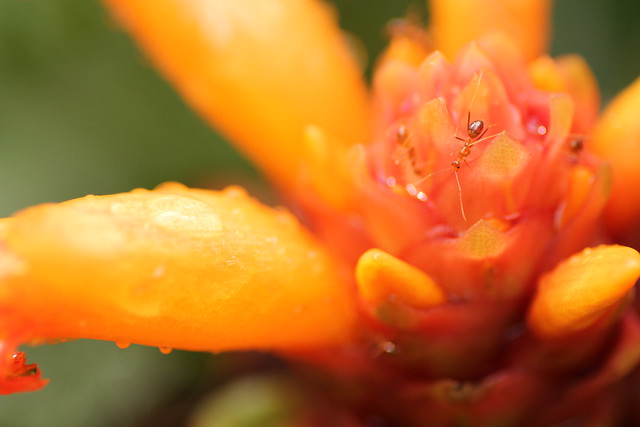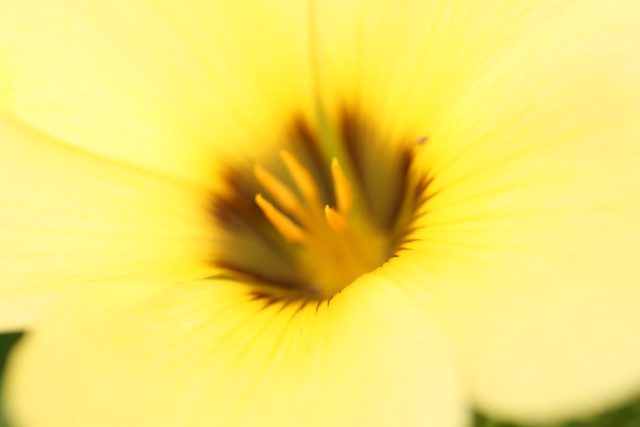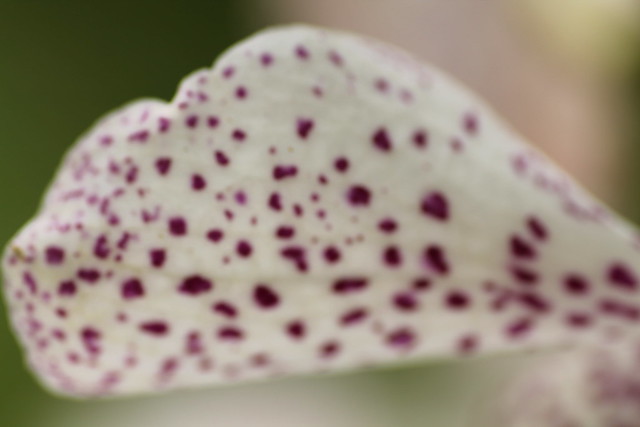Hi all,
I just tested the lens at SGB. However most of the photos turned out to be blurry especially those which are very closed up. I took mainly pictures of flowers. Free hand. Not too sure if it due to hand shake. Is there any factors which will cause the blurness? Thanks.
I just tested the lens at SGB. However most of the photos turned out to be blurry especially those which are very closed up. I took mainly pictures of flowers. Free hand. Not too sure if it due to hand shake. Is there any factors which will cause the blurness? Thanks.








